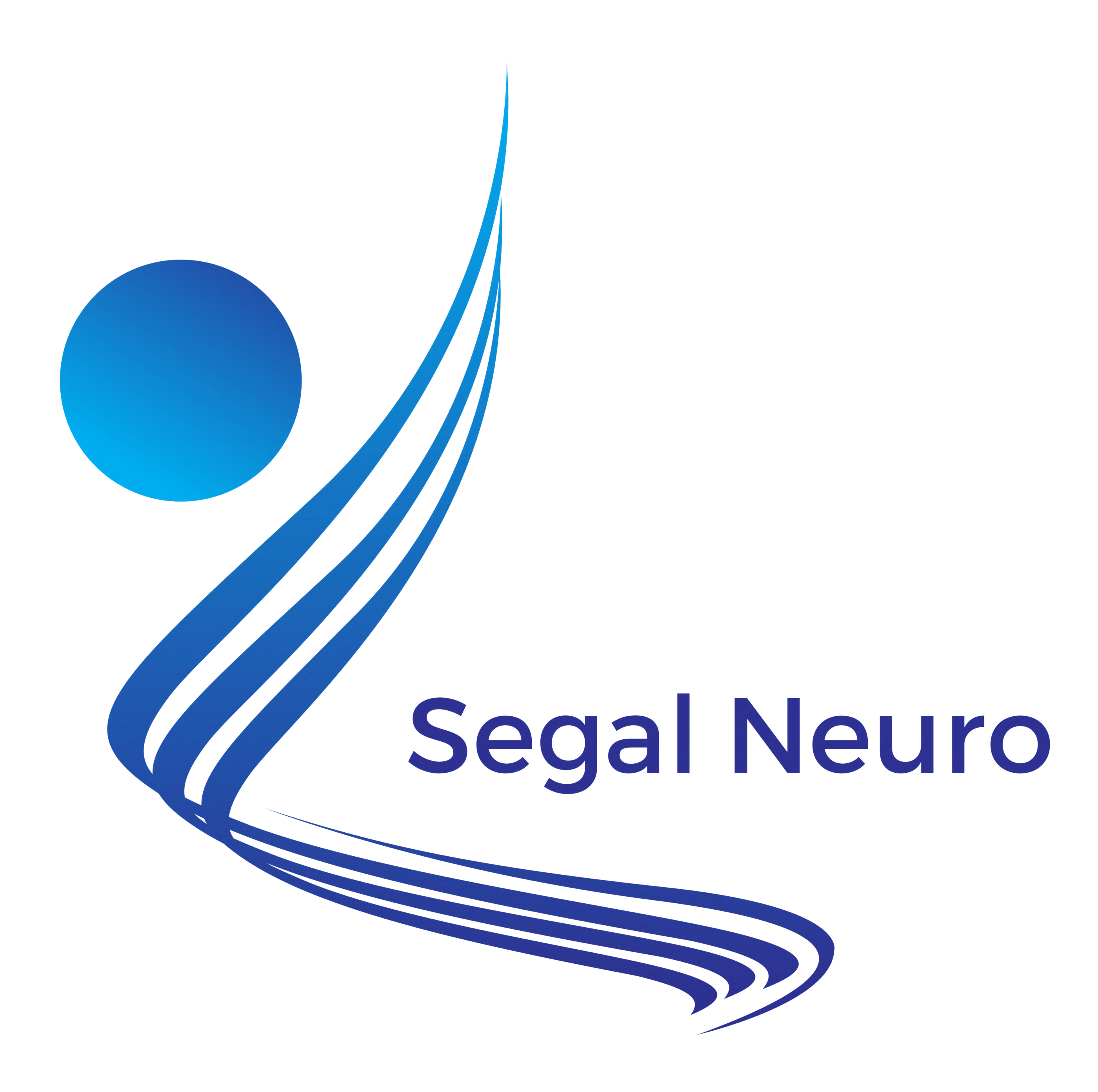Address:
655 Redwood Hwy, Suite 240, Mill Valley, CA, 94941
Phone/Fax: 866-247-4292
Email: info@segaltelenet.com
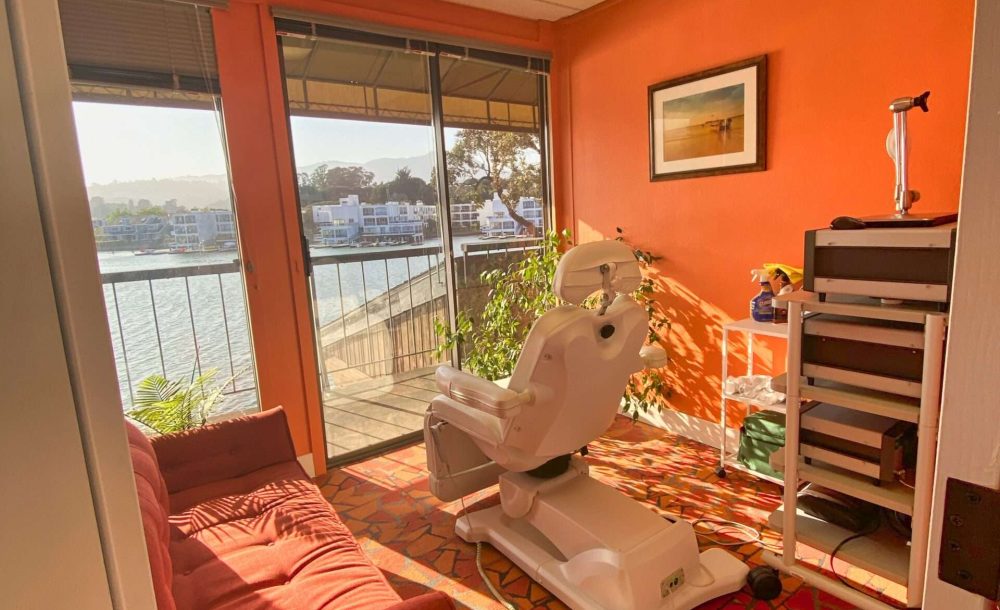

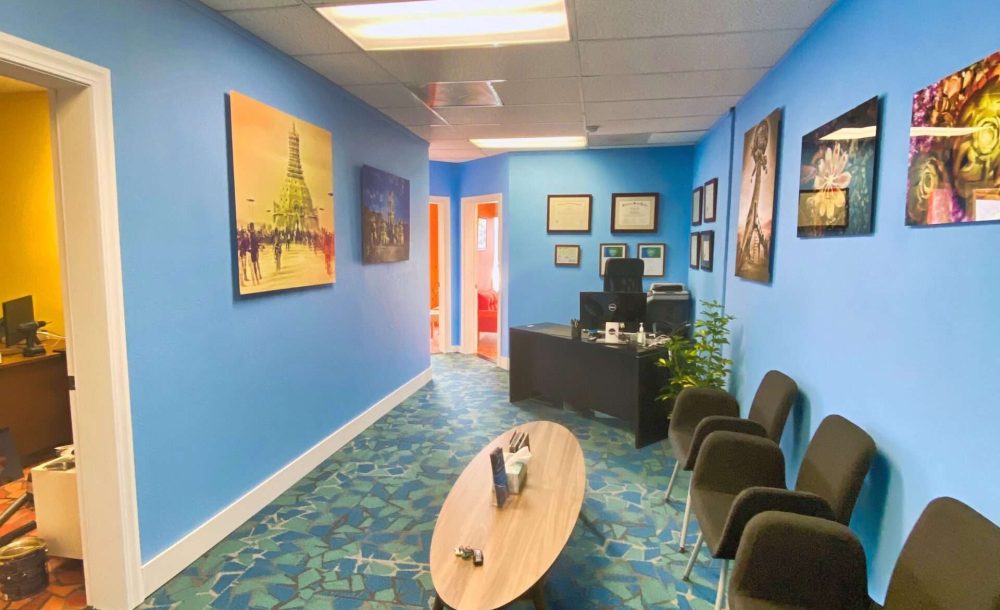
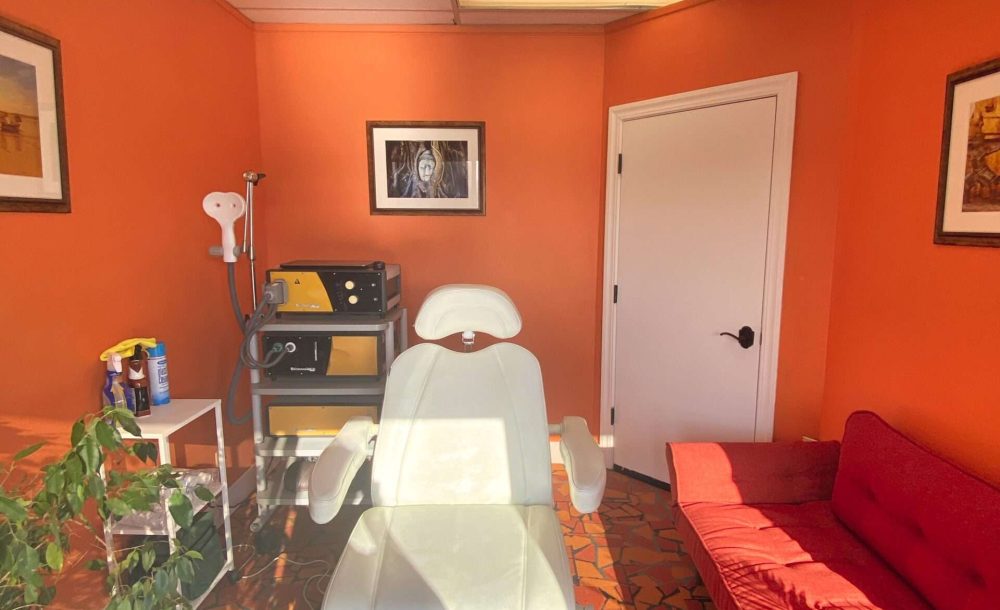


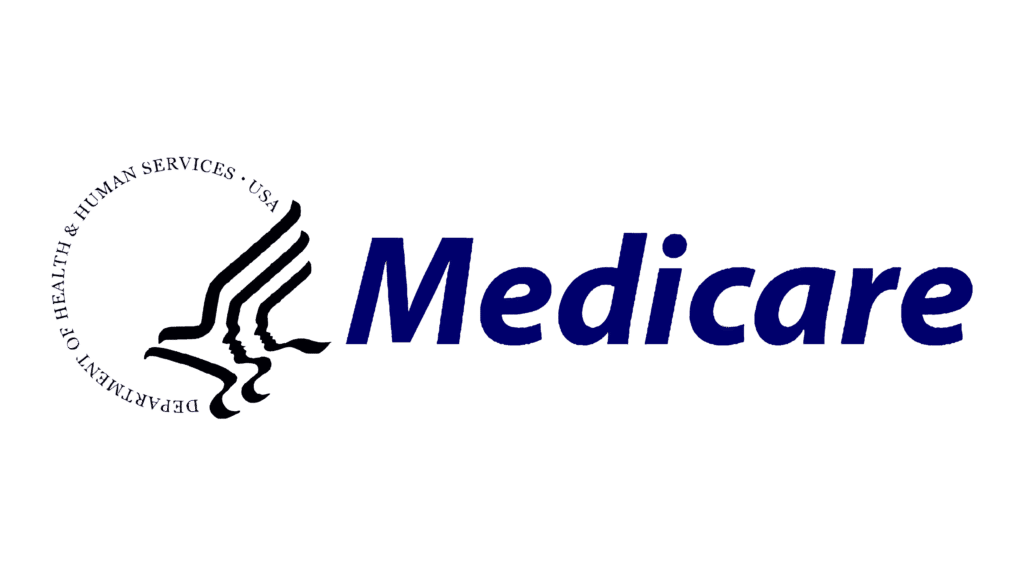

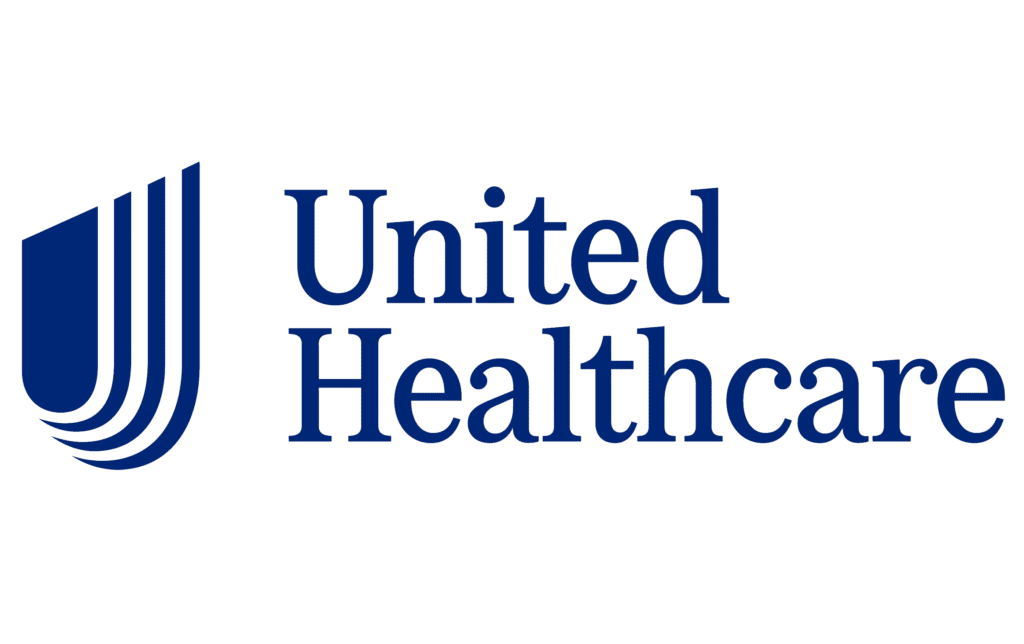
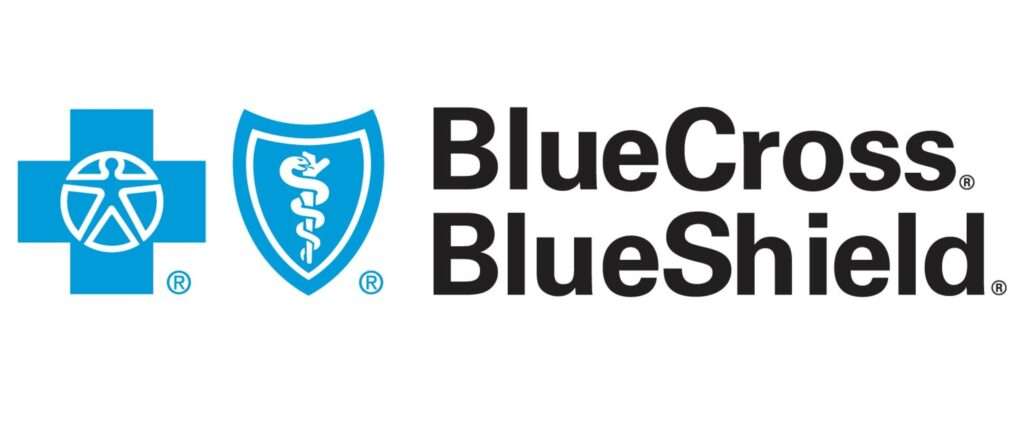
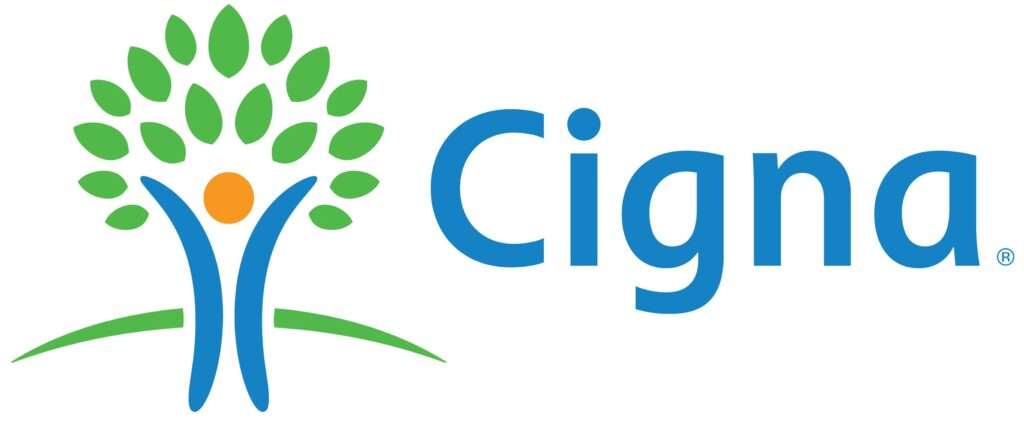
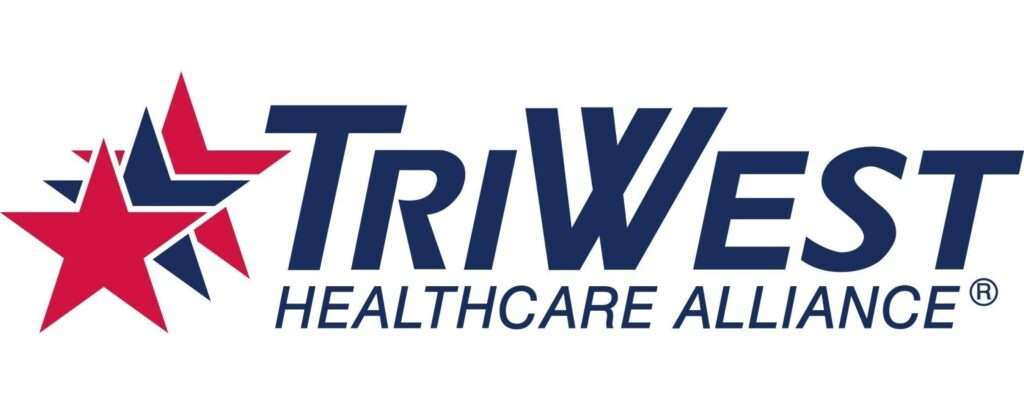
As physicians and patients increasingly observe the positive effects of TMS, more insurance companies are now providing coverage for the treatment, either partially or in full. In addition, several other state and national insurance companies offer reimbursement for TMS when it is considered necessary.
Each insurance company will have its own eligibility requirements and coverage policies. Please check with your insurance provider to explain the benefits and plan limitations.
TMS is a treatment that safely delivers magnetic pulses to areas of the brain that are responsible for mood. Instead of using invasive electrical currents like in electroconvulsive therapy (ECT), the magnetic pulses from TMS are similar in strength to those emitted during a typical MRI. The pulses are directed toward the prefrontal cortex of the brain to change the magnetic field and stimulate neurons within the mood center.
TMS has the potential to treat a broad range of conditions. It is especially helpful with treatment-resistant depression, for those who do not respond to antidepressants, as well as people who wish to avoid the side effects frequently caused by medication. Even though Segal Telepsychiatry Network focuses on improving cognitive function we also provide treatment for:
People with metal implanted in or near their heads should not have TMS. Exceptions include those with dental fillings, crowns, and/or braces.
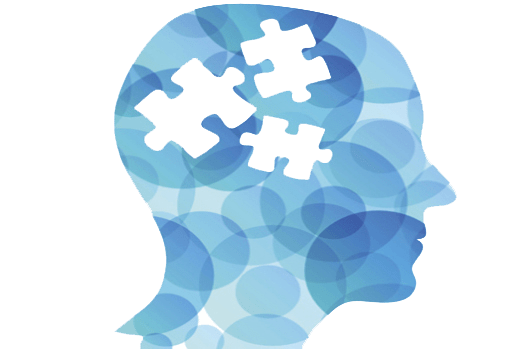
TMS treatment is performed in a doctor’s office, while the patient is fully awake and seated in a comfortable chair. Because the magnetic pulses make a sound similar to that of a woodpecker, earplugs are provided. The TMS device is then placed in the proper position on the head and the magnetic pulses are delivered. The process usually takes between 4 and 20+ minutes.
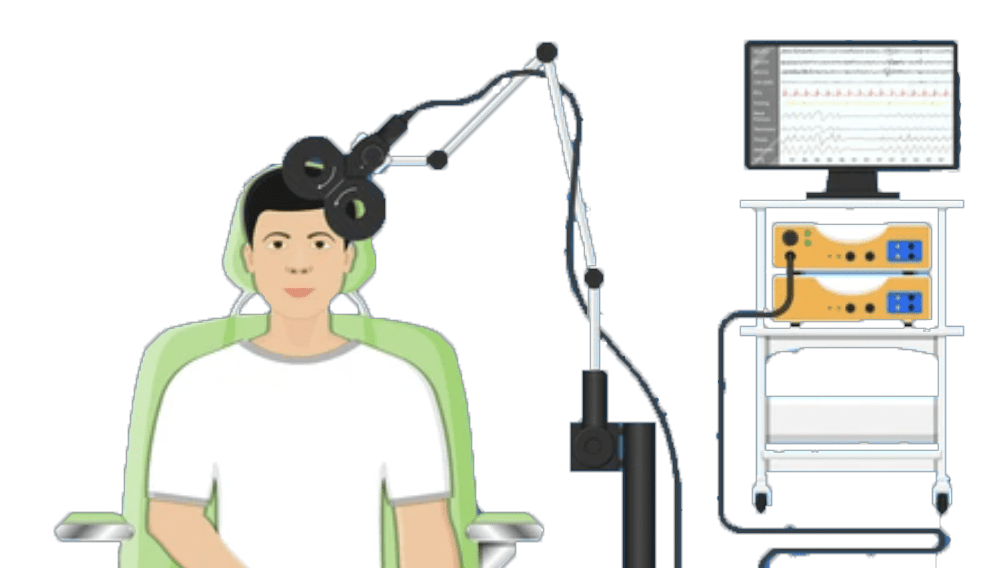
At Segal Telepsychiatry Network, we are committed to providing the best TMS therapy services possible. Our team of highly trained and experienced professionals has a deep understanding of the most advanced TMS techniques and technologies, and we work tirelessly to ensure that our patients receive the most effective treatment for their specific needs. Our state-of-the-art equipment and facilities enable us to deliver TMS therapy with the utmost precision and accuracy, ensuring our patients achieve the best possible outcomes. Additionally, we take a personalized approach to each patient’s treatment plan, tailoring our approach to their unique needs and circumstances. We believe that this individualized care, combined with our commitment to staying at the forefront of the TMS therapy field, sets us apart and makes us the best choice for those seeking TMS therapy.
In the past, the most common treatments for depression have been medication and/or psychotherapy. With TMS, psychotherapy is still encouraged because it can help people maintain mental health. However, unlike antidepressants, TMS has few if any side effects.
Theta Burst Stimulation (TBS) is a newer form of TMS. Here, the magnetic pulses are applied in a certain pattern, called bursts. Research studies with TBS have been shown to produce similar if not greater effects on brain activity compared to standard repetitive transcranial magnetic stimulation ( rTMS).
Quantitative Electroencephalography (qEEG) is a procedure that processes the recorded EEG activity from a multi-electrode recording using a computer. This multi-channel EEG data is processed with various algorithms, such as the “Fourier” classically, or in more modern applications “Wavelet” analysis). The digital data is statistically analyzed, sometimes comparing values with “normative” database reference values. The processed EEG is commonly converted into color maps of brain functioning called “Brain maps”.
The EEG and the derived qEEG information can be interpreted and used by experts as a clinical tool to evaluate brain function, and to track the changes in brain function due to various interventions such as TMS/TBS, Neurofeedback or medication.
Quantitative Electroencephalography (qEEG) processing techniques and the use of modern analytic software to processes the EEG/qEEG gives us the ability to view the dynamic changes taking place throughout the brain during cognitive processing tasks, and this novel approach can be used to assist us in determining which areas of the brain are engaged and processing efficiently.
